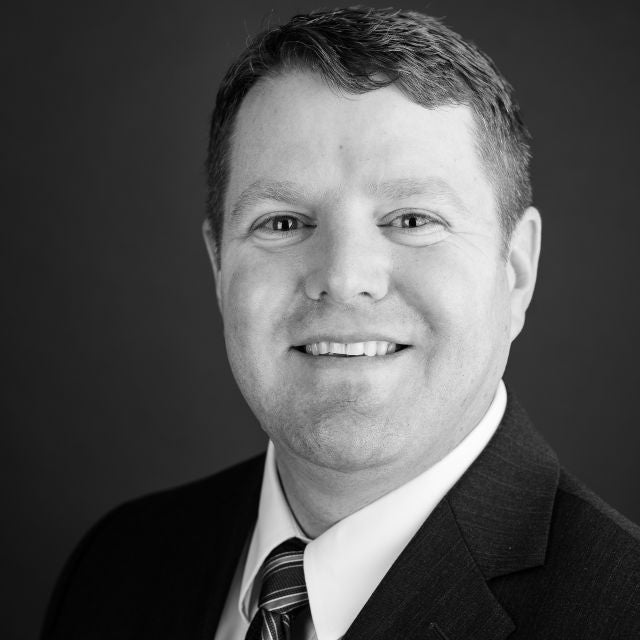A law school graduate seeking to practice law in a private California university must apply for and pass the California Bar Examination. This examination is given twice each year—at the end of each February and July.
The California Bar Examination has undergone many changes over the decades.
Prior to 1972, the examination consisted only of 16 one-hour long essay questions. The examination was administered over three days with a morning and afternoon session each day. Four one-hour essays were given in each session and applicants were allowed in each session to choose which three essays they wanted to answer and which one they wanted to “throw out.”
In 1972, the Multistate Bar Exam (200 multiple choice questions) was added and one day of essays was dropped. As well, applicants were given only three essays per session (no more right to “throw out” one essay). Applicants were also allowed to pass the exam in parts so that if they only passed one part (essay or multiple choice) they could “bank” that success and only needed to take and pass the other part on their next bar exam attempt in order to have “passed” the California Bar Examination.
In 1980, the Multistate Professional Responsibility Exam (50-question multiple choice test) was added as a requirement for admission to the California Bar.
In July 1983, two 3-hour long performance tests were added (replacing six of the essay questions).
In July 1986, Professional Responsibility (Ethics) was added as a testable subject on the essay exam.
In July 1987, the examiners began “scaled grading” of the California Bar Exam. Previously applicants had to average a total raw score of 70 percent in order to pass.
In July 2007, California Evidence rules, California Civil Procedure rules, and Business Associations were all added as testable essay subjects.
In July 2017, the most recent and perhaps most dramatic changes occurred. Two major changes were made: (1) the length of the examination was reduced from three days to two days and (2) the relative weight of each part of the exam was changed. When the changes were announced by the California State Bar Examiners they stated that “administering a two-day examination will yield essentially the same results as those for a three-day examination and that it will be more efficient” and that “the modifications to the California Bar Examination will not make it an easier test to pass.”
First, to reduce the length of the exam from three days to two days, the number of one-hour long essay questions was reduced from six to five and the number of performance tests was reduced from two to one. The length of the performance test was also reduced—from three hours to 90 minutes.
Since July 2017, the current version of the California Bar Examination is administered on the last Tuesday and Wednesday of July and February. The Tuesday exam session now consists of three one-hour essays in the morning followed by two one-hour essays and the 90-minute performance test in the afternoon. The Wednesday session remains unchanged: a 200-question multiple choice exam.
Second, changes were made to the relative weight of each part of the California Bar Examination. Prior to July 2017, the essay portion was weighted at 39%, the multiple choice portion at 35% and the performance test portion at 26%. Since July 2017, the essay portion weight has been reduced to 36%, the performance test reduced to 14% and the multiple choice portion weight has increased to 50%.
It is too early to determine if or how these two July 2017 changes have affected California Bar Examination pass rates. The overall pass rates fluctuate from exam to exam. Since July 2017, the California Bar Examination July overall pass rates have stayed within a fifteen point range between 40-55% similar to where they were before July 2017.
About Professor Robert Hull
Bob Hull has been a legal educator for over 30 years. He currently is a professor at San Francisco Law School teaching Advanced Legal Writing, Advanced Legal Research, Community Property, Real Property and Remedies. Previously he was one of the founders, Academic Dean and Professor at Concord Law School, the largest fully on-line law school in the country. He has also taught bar exam review classes all over the country for BarBri Bar Review and has taken and passed the bar exam in California and a dozen other states.

